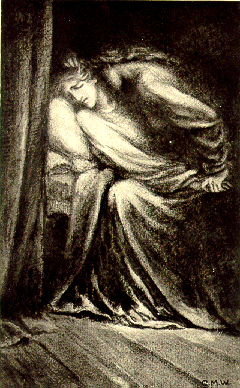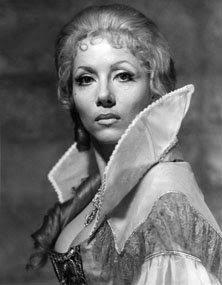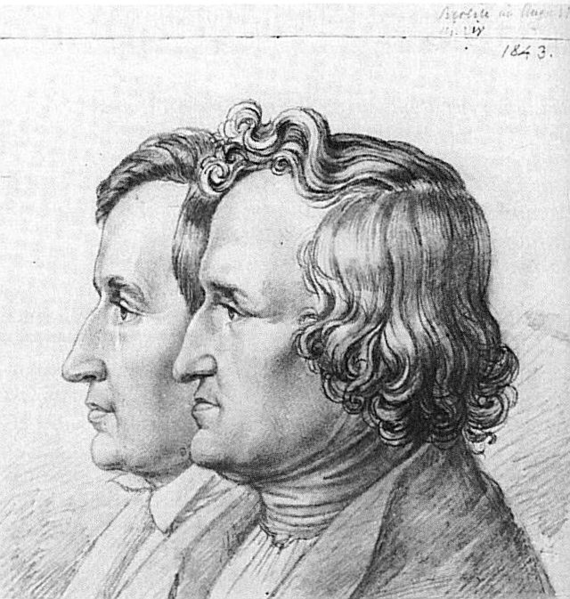The transition of the vampire from the folkloric to the literary began in the 18th century, most strongly in the lands of the Germans, with works such as Heinrich Ossenfelder's short poem
The Vampire and perhaps even more so by the narrative poem
Lenore by
Gottfried August Bürger. Even the famed
Johann Wolfgang von Goethe incorporated vampiric elements into his story
The Bride of Corinth.
The beginning of the 19th century saw a brief flurry of vampires in English literature.
Robert Southey owns the honor of the first poem in English literature to feature a vampire in it, albeit in a minor appearance. It was the second work,
Samuel Taylor Coleridge's five part poem,
Cristabelle. The work entirely revolves around a seductive and mysterious female vampire, and set many of the early motifs of the vampire in later literature. An interesting side note is that both writers were part of short lived utopian communes, Southey on a farm in Wales and Coleridge a settlement in America (which was even more short-lived than Southey's experiment). Cristabelle was adapted for the stage by by French writer
Charles Nodier and then later by
Heinrich Marschner as an opera, moving the action of the story to Wallachia. It was the Jewish Hungarian author
Marvin Bley who first brought the infamous Blood Countess,
Elisabeth Báthory, into the realm of the literary vampire, reimaging her as a vampire who had escaped her walled in room to once more prey upon innocent women. His story drew inspiration from Hungarian poet
János Garay's Báthori Erzsébet as weill as the earlier
Lenore and
Cristabelle. Bley's Countess Bathory was translated into many other languages, including English, and spawned its own imitators and sequels by other authors. Bathory or Bathory surrogates (usually in the guise of English noblewomen) appeared in several pieces of Southern Gothic works after the Slaver Uprising. However, as the 19th century wore on, the vampire in English literature became scarce.
The second wave of vampire stories in literature was a subversive one that grew up in the Korsgaardian East. As the Korsgaardist Empires started to impose cultural and intellectual homogeny within their borders, it became harder for dissident thought to be expressed.
Samuel Strupinsky was the first of the second wave vampirists who cloaked his counterculture thoughts in the clothes of 'folklore', creating a new vampire, Count Bathory, a masculinized version of Bathory. Count and Countess Bathory stories as well as other 'aristocratic' vampire stories proliferated in the East, often pitted against overly pious priests and popinjay Prussian-style officials, was mistaken by the establishment as culturally based folklore, but those in the know recognized the subtext of the works. The vampirist second wave was finally revealed for its true nature after the fall of the Korsgaardists in the wake of the Global War. These second wave works became wildly popular in the German Empire, and from there found their way into the West, which would set the stage for the development of the modern vampire in the 20th century.



